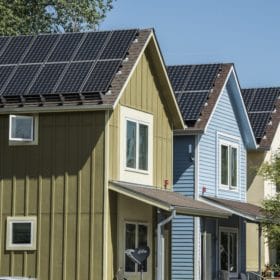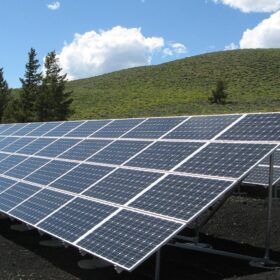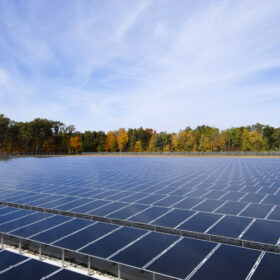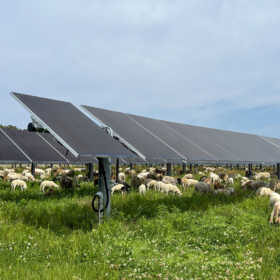Solar job numbers hold steady despite challenges
National solar jobs census shows employment level with 2023 and indicates cautious optimism for the future due to strong deployment and efficiency gains.
How the value proposition of residential solar is evolving as the federal solar tax credit comes to a close
As residential solar installers face the end of the Section 25D solar tax credit, they must grapple with how to reduce costs, work with new financing models, and build systems that provide new ways to capture long-term value through grid interactivity.
Battery energy storage revenues for ancillary services fall nearly 90% in ERCOT
Revenues for ancillary services have fallen 90% since 2023. An Enverus report says market saturation is driving operators to seek other strategies.
MARS Energy Group acquires Nelnet Renewable Energy
The national solar provider acquired the commercial and community scale engineering procurement and construction firm.
Ohio House passes 1.5 GW community energy pilot program
The new legislation creates a framework for “community energy facilities” across the state, allowing a wider range of residents and businesses to participate in and benefit from local energy generation projects.
The contract-fab model is heading for batteries
Unigrid’s offshore contract manufacturing hints at a new playbook for storage startups that mirrors the chip industry’s evolution.
Solar sidewalks slash urban emissions 98%, study finds
A Concordia model reveals how photovoltaic pavements can electrify urban food delivery and mobility, slashing emissions by 98% while freeing rooftops for agriculture.
United States recall targets 25,000 EcoFlow Delta Max 2000 units
The U.S. Consumer Product Safety Commission (CPSC) says EcoFlow is recalling about 25,030 Delta Max 2000 power stations after six reported fires caused more than USD 850,000 in property damage.
Intersolar & Energy Storage North America examines development and risk management in ERCOT
A new playbook for developers and EPCs explores ERCOT’s energy-only market design, examining Texas-specific development challenges and critical success factors.
Solar provides predictable income stream for farms
Solar farm leases provide stable, predictable income that helps financially secure family farms and boosts rural tax revenues with minimal land impact, said a report from the SEMA Coalition.















